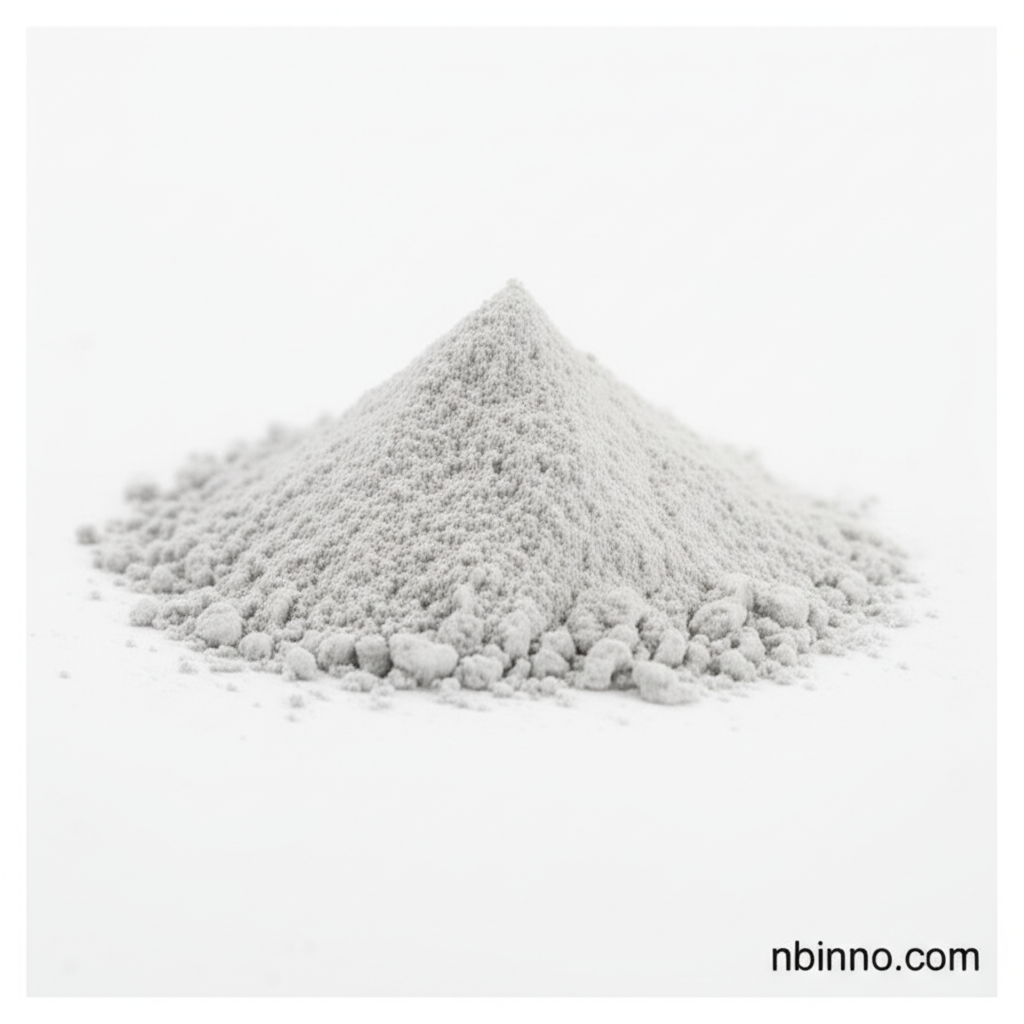Sphingosine 1-phosphate (CAS 26993-30-6): A Comprehensive Guide to Its Properties and Applications
Uncover the intricate roles of Sphingosine 1-phosphate in cellular signaling and its potential in groundbreaking research.
Get a Quote & SampleProduct Core Value

Sphingosine 1-phosphate
Sphingosine 1-phosphate (S1P) is a crucial lipid mediator that plays a pivotal role in a myriad of biological processes, including cell migration, inflammatory response, angiogenesis, and neurogenesis. It exerts its functions by binding to five subtypes of sphingosine 1-phosphate receptors (S1PRs), which are G protein-coupled receptors (GPCRs).
- Understanding S1P signaling pathways is vital for developing novel therapeutic agents for conditions like multiple sclerosis and various autoimmune diseases.
- The biochemical properties of Sphingosine 1-phosphate, including its molecular weight of 379.47 and its solubility characteristics, are key to its application in complex biochemical studies.
- Research into Sphingosine 1-phosphate focuses on its role as a signal transducer and its involvement in cellular communication.
- Exploring S1P receptor modulation is a significant area of drug discovery, aiming to create targeted therapies for inflammatory and immune-related disorders.
Key Advantages
Critical Signaling Molecule
Sphingosine 1-phosphate is integral to cellular communication, regulating fundamental processes like cell motility and survival, making it a key focus for understanding complex biological mechanisms.
Therapeutic Potential
Its deep involvement in inflammatory and immune responses positions S1P as a significant target for developing new treatments for autoimmune diseases and other chronic conditions.
Advanced Research Tool
As a well-characterized bioactive lipid, Sphingosine 1-phosphate serves as an essential tool for researchers investigating signal transduction pathways and lipid metabolism.
Key Applications
Biochemical Research
Sphingosine 1-phosphate is extensively used in vitro and in vivo research to elucidate signaling cascades and the function of sphingolipid metabolites.
Drug Discovery
Its role in various diseases makes S1P and its receptors critical targets for developing novel pharmaceuticals, particularly in the areas of immunology and oncology.
Cellular Studies
Researchers utilize Sphingosine 1-phosphate to study cellular processes such as migration, proliferation, and apoptosis, gaining insights into cell behavior.
Inflammation Research
S1P's involvement in inflammatory pathways makes it a key compound for studying the mechanisms of diseases and developing anti-inflammatory therapies.
